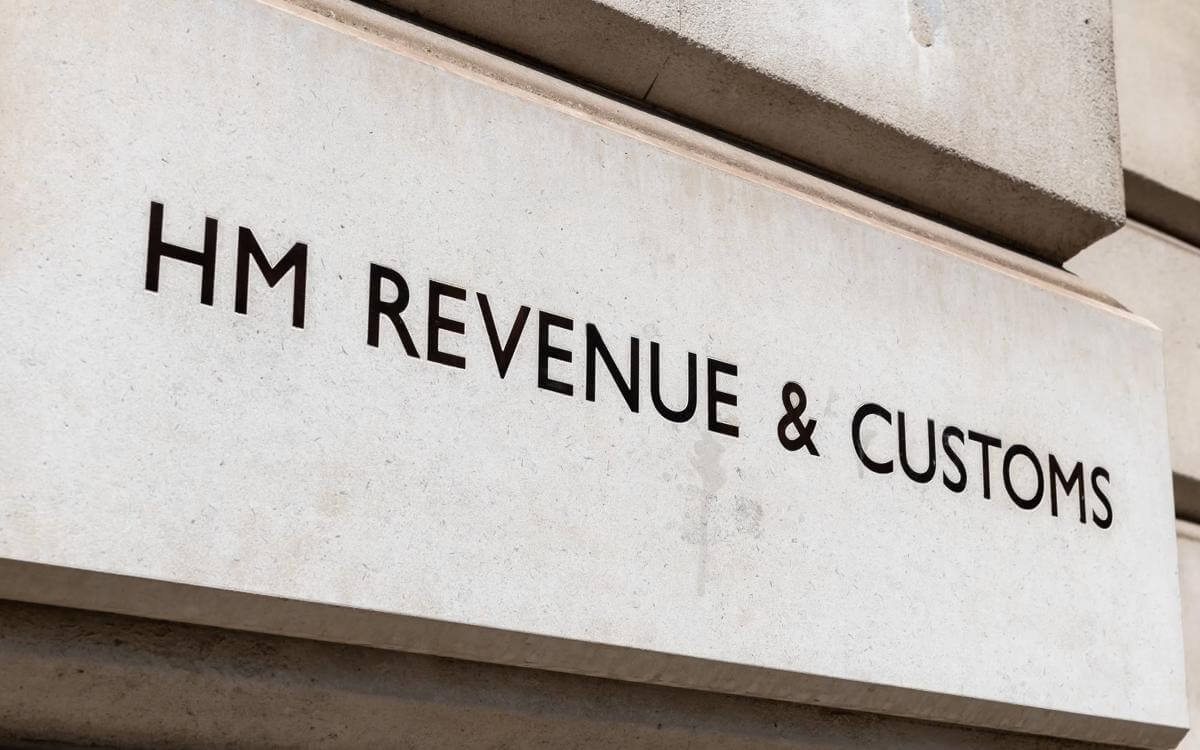Reforming local government exit pay
A further consultation has commenced specifically in relation to exit pay reform within local government - what are the proposals and how can you comment?
This article is taken from October's public matters newsletter. Click here to view more articles from this issue.
This month has seen headlines of UK planned redundancy levels approaching 500,000 since the coronavirus pandemic began. Whilst the vast majority of the announced redundancies so far have been within the private sector, the public sector will still be affected, particularly with the pressures faced pre-Covid to meet budgetary constraints. And the issue of payments due to public sector employees on redundancies or other negotiated exits has been the source of debate for some time, with the concern being that such payments from the public purse are out of line with payments made in the wider economy.
The government has previously consulted on the issue of public sector exit payments and a cap on public sector exit payments of £95,000 was included in the Small Business Enterprise and Employment Act 2015. However, secondary legislation was required to bring this cap into force. The draft Restriction of Public Sector Exit Payments Regulations 2020 (Exit Payment Regulations) were laid before Parliament on 21 July 2020 but have not yet been brought in force.
However, in September, a further consultation was commenced specifically in relation to exit pay reform within local government. This consultation is clear that it is not in respect of the government’s position regarding exit pay reform; instead, it is limited to the impact that the proposed reform (see below) will have on (i) the regulations which currently cover exit payments within local government and (ii) the local government workforce.
What are the proposals for reform?
The overarching framework was set out back in February 2016. The key proposals include:
- A maximum of three weeks’ pay per year of service;
- A maximum of 15 months (or 66 weeks) on the maximum number of months’/weeks’ salary that can be paid as a redundancy payment;
- A maximum salary of £80,000 on which exit payments can be based (this cap to be reviewed on an annual basis);
- Limiting publicly funded pension top-ups; and
- A £95,000 cap on all exit payments, including redundancy payments, pension top-ups, settlement agreements and special severance payments.
In respect of pension changes, the consultation makes clear that it wants LGPS members who are made redundant over the age of 55 to have the choice as to whether they take their pension or not. The changes proposed are therefore:
- The pension strain (being the amount the employer needs to pay into the LGPS to make up any shortfall attributable to the employee taking an unreduced pension early) cannot exceed the overall cap of £95,000;
- Strain costs will be reduced by the amount of any statutory redundancy payment to which the employee is entitled;
- A further reduction will be made to reflect any voluntary payments made by the employer to cover any grant of an additional pension under section 31 of the Local Government Pension Scheme Regulations 2013;
- The employee can choose to top up any reductions to the pension strain due to the above limitations;
- The employee will receive an actuarially adjusted pension benefit in line with the revised strain costs;
- If the employer pays any amount of pension strain, the employer may not also grant any discretionary redundancy payment; in a rare case where the discretionary redundancy payment would be higher than the strain costs, it will be possible for the employee to receive the enhanced pension plus the difference between the discretionary redundancy payment and the strain cost;
- The employee can choose to forgo the pension enhancement and instead receive an actuarially reduced pension plus the discretionary redundancy payment (subject to this being consistent with the reform proposals set out above);
- Alternatively, the employee can choose to defer their pension entitlement, and take the discretionary redundancy payment (provided that this is consistent with the wider reform proposals).
Relaxation of the cap
There is scope under the Exit Payment Regulations for the £95,000 cap to be lifted in certain circumstances. Within local government, this would require a decision of full council but such discretion must also be exercised in line with the mandatory directions in section 5 of the HMT statutory guidance to the Exit Payment Regulations. This would require approval by the Secretary of State for Housing, Communities and Local Government. As part of this consultation, views are sought about whether these proposals are appropriate or whether there are alternative ways of meeting the same objectives.
Concurrent receipt of pay and pensions
Views are also sought on whether the existing pay policy provisions within the Localism Act 2011 provide sufficient transparency where a chief officer employed by the Authority previously received a severance payment from that Authority, or where a chief officer is in receipt of an LGPS pension.
The issue of public sector exit pay reforms seems here to stay and will no doubt cause concern to public sector employees who may see themselves being adversely affected over the coming months.
If you would like to comment on any of the issues raised within this consultation, a link to the consultation can be found here; the closing date for any responses is 9 November 2020.
Contact

Mark Hickson
Head of Business Development
onlineteaminbox@brownejacobson.com
+44 (0)370 270 6000







































